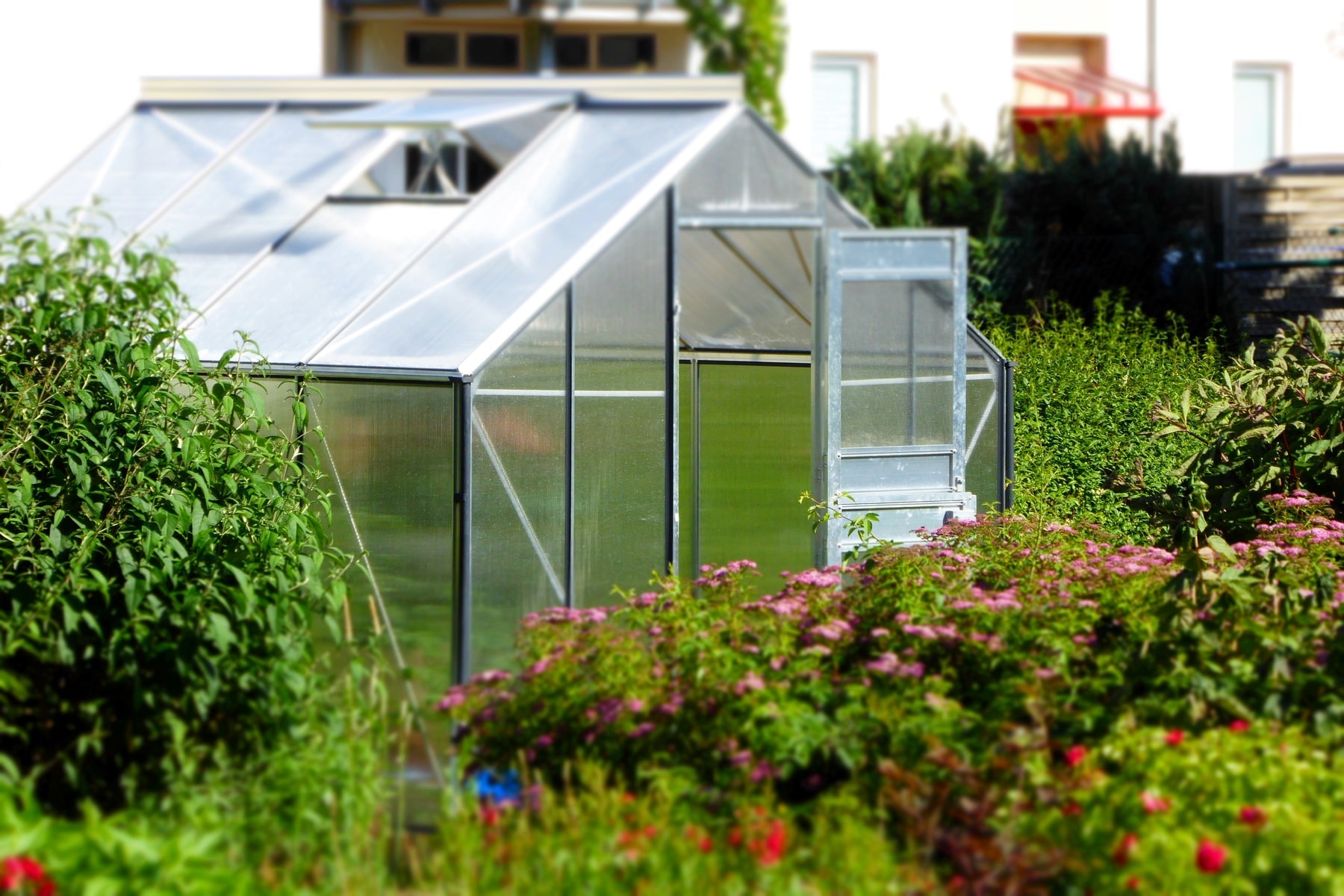Which way should a hobby size greenhouse face? As has been previously emphasized, the detail is important when cultivating in your greenhouse since there are details that will have to determine the final product.
Among the things and features that everybody should look for is where the greenhouse should face. Why is this so? The direction is just as necessary as the soil or the approaches being utilized.

If you have a greenhouse oriented straightforward to the southern part, it has to provide the greatest amount of exposure from sunlight. This consideration is just as important even when you are in regions with lower temperatures and areas where overheating may be the issue. This pertains to the tropics.
This is the reason why before having your greenhouse, it is highly important to meet with the people around the area to seek advice on where the greenhouse should be placed, and which way should a hobby size greenhouse face with the conditions.
The Side That The Hobby Greenhouse Should Face
The answer to this concern is here. Your greenhouse should be established in a place where the plantation must have the maximum amount of sunlight. The first option when dealing with the location must be southeast of the building. The sunlight all-day is necessary, but the morning sunlight right on the eastern portion should be sufficient for the crops.
The location of the east side must be able to capture the sunlight between November throughout February. Right after this, the subsequent sites must go southeast and west of the main structures where the plants can take sunlight later during your day. The northern portion of the structure should be the least desirable and is correct for plantations that necessitate little light.
Deciduous Trees
Do you have deciduous trees present? These types of trees, for instance, the maple and oak, must be able to efficiently provide shade upon the greenhouse from the intense heat from the sun when you get toward the late afternoon.
The trees of this kind must also accommodate better exposure to the winter sun since they tend to shade the leaves during the season of the autumn.
To follow through, evergreen trees must have the year-round foliage and should be placed where this shall shade your greenhouse because they can anytime offer blockade upon trees that receive less sun. Farmers must also be able to work on the exposure from the winter’s sun, specifically when they are eyeing at having the greenhouse cater the plants’ needs all-year.
Note that the sun should be positioned lower during the winter’s south skies, and offer longer shadows and be cast by buildings and evergreen trees.
Drainage
Ideal drainage is also required to give better treatment to plants. When they are required, building the greenhouse over your ground in the area should be easier, allowing the water to drain away smoothly. Other factors to take note of include site requirements, lighting, electricity, heat, and shelter from the wind, especially during the winter.
When there are outsiders who might want to access the greenhouse, they should be convenient for people. The workplace for potting the plants and storage areas should be present in the vicinity.
How Do You Use A Greenhouse For Beginners?
Now that you have the hobby greenhouse’s directions and sides it should face, how do you utilize the greenhouse? Using a greenhouse can both be fun for beginners and advanced gardeners. However, before selecting from the preferred options on plantation and growth, it is necessary to commit yourself to research.
The factors that play around are moisture, conditions, and temperatures. There are likewise points to remember.
Take note that the easiest plants to grow in a greenhouse are sunflowers, peas, tomato, onion, garlic, mushroom, and many more.
When you go toward seed preparation, remember that you have to be smarter, you have to invest in containers for the crops, and put in more fertilizer. Check too if the climate can manage your plants.
Monitoring the lighting should require one to take a cue from the range of daylight achievable, the current season, and the type of plant that you are currently growing. Watering should also be taken care of. There are various ways that you can do, but one of the best habits is not to yield to underwatering the crops.
Furthermore, there are accessories that you can utilize, including potting benches, mist mechanisms, shelves, and so much more. You may also prepare the thermometer.
To implement pest management for greenhouse owners who are beginning, the field should now also be applied. Among the most common pests are bloodworms, aphids, thrips, snails, and slugs.
When Should You Start Using A Greenhouse?
It is a point that many gardeners may overlook, but knowing when you must begin using the greenhouse is correlated with the way the hobby size greenhouse must face. Take a look at the specific pointers.
Begin your warm-season crops in your greenhouse right at the beginning of March through April. Take notice that the crops may not tolerate the frost that much with them germinating in a maximum of eight weeks.
To add ventilation is crucial. Vents are known to enhance the growth of the crops, especially if you can manage everything according to what’s planned.
